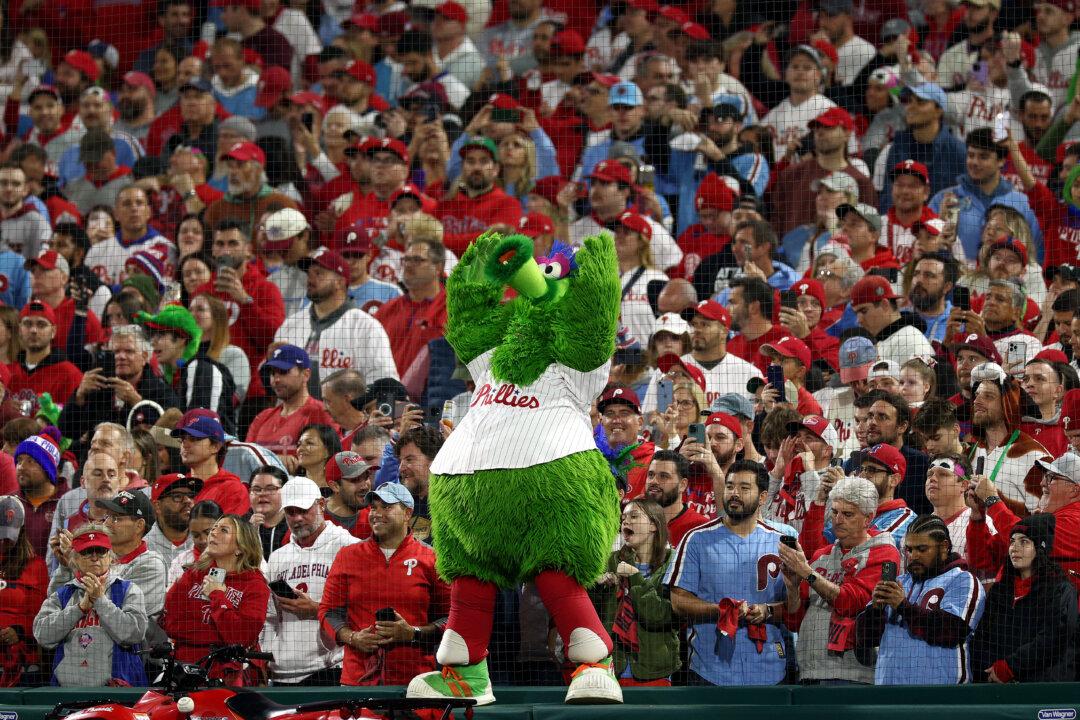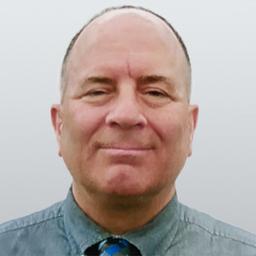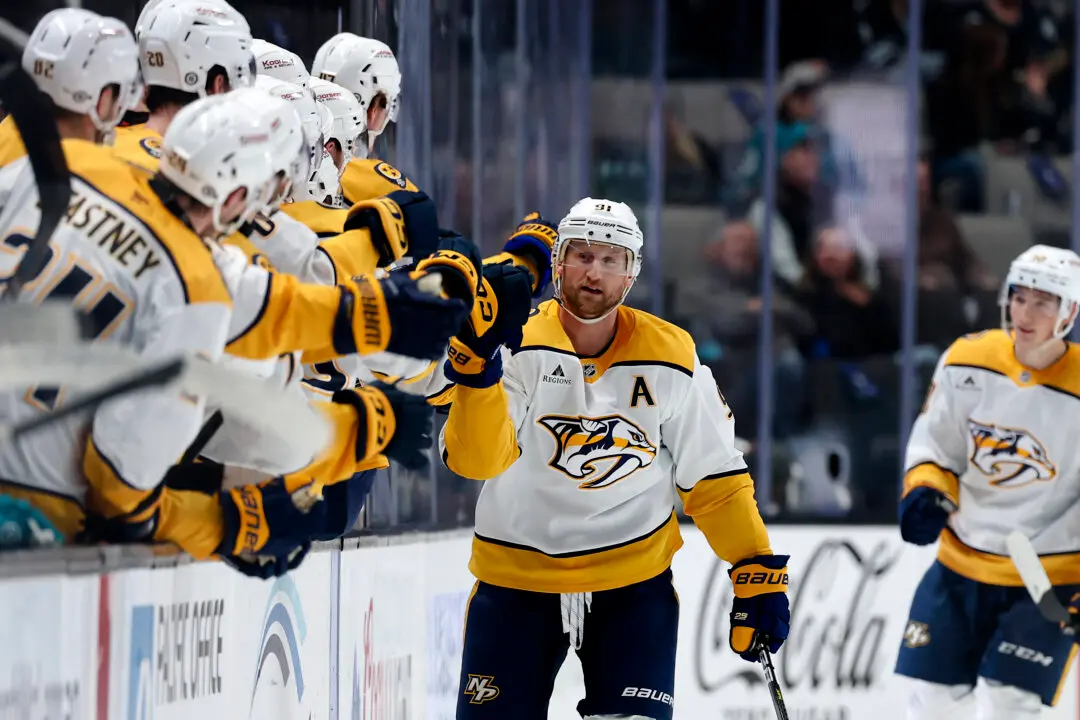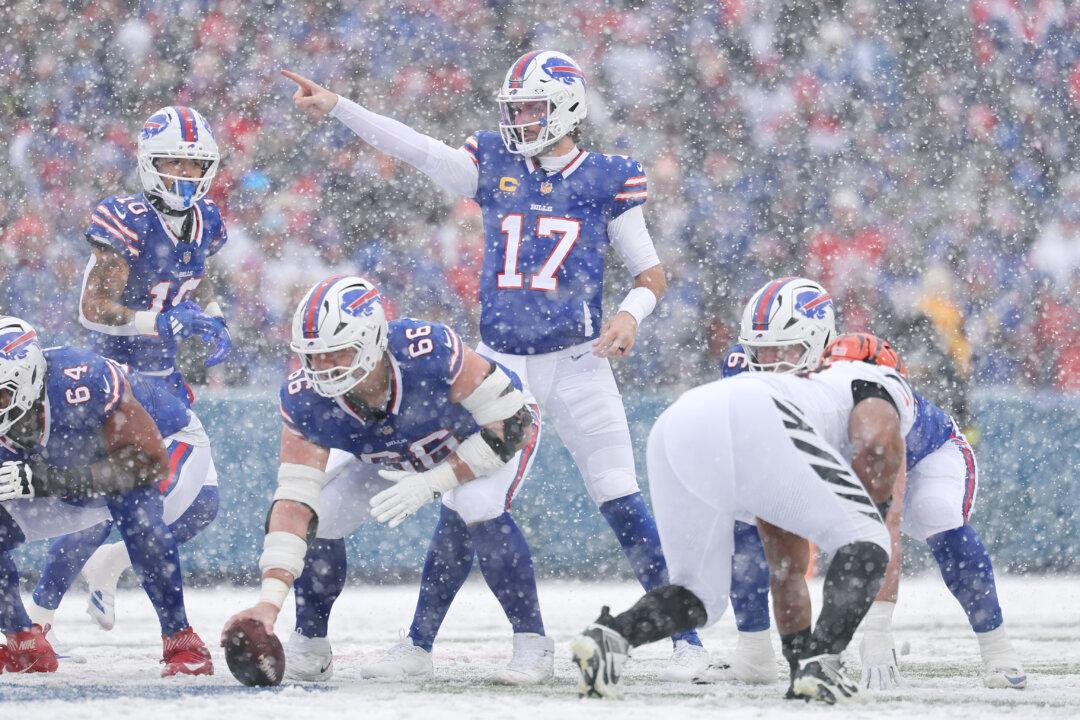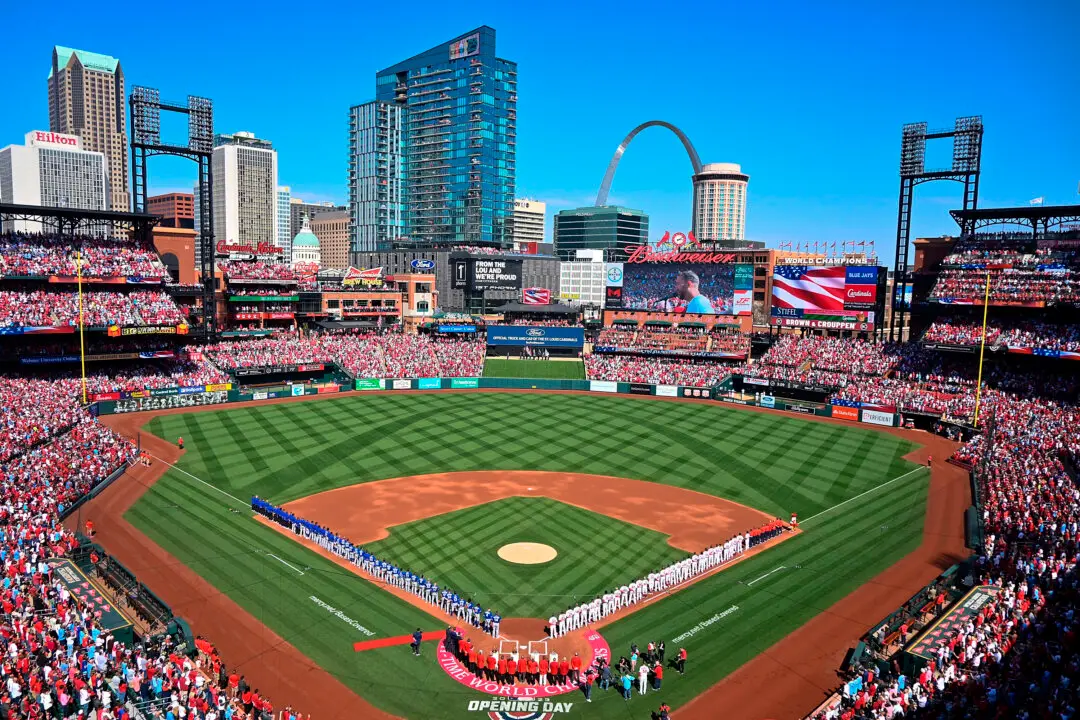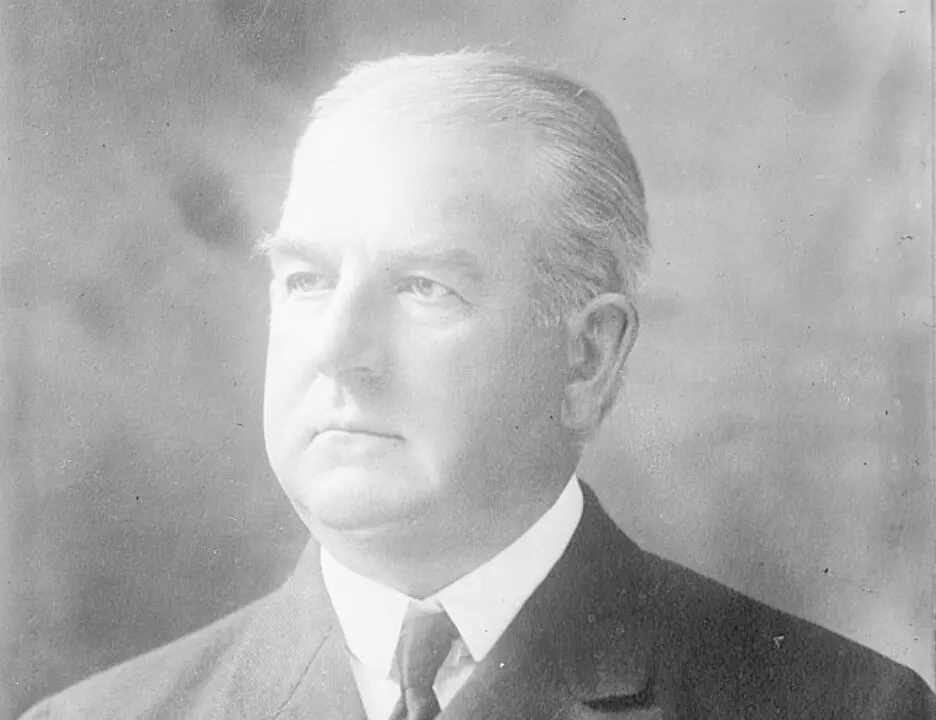David Raymond understands the importance of mascots as organizational brands in sports and other businesses, as well as the power they hold.
It’s a rare day when sports fans aren’t treated to a fuzzy, furry, loud-colored, high-energy character decked out in team gear and adding to the fun experience, be it at a Friday night high school basketball game, a college football game, or a weeknight at the ballpark in your favorite MLB or minor league city.
